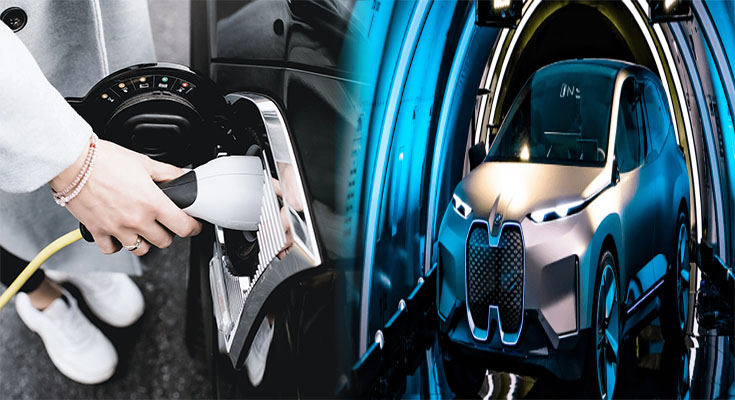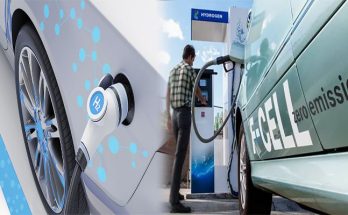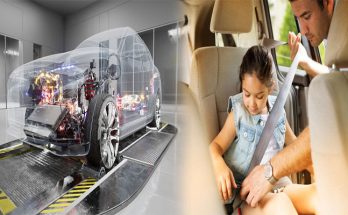The global automotive industry is undergoing a significant transformation, driven by the rise of electric vehicles and the growing need for sustainable transportation options. Consumer preferences play a critical role in shaping the design and development of electric cars, affecting everything from aesthetics to functionality. As the demand for electric cars continues to grow, designers and manufacturers are increasingly looking to consumer preferences to guide the industry’s evolution.
Electric Car Design Trends Shaped by Consumer Trends
Battery Range and Efficiency
Battery range and efficiency are two of the most critical factors that influence consumer preferences when it comes to electric cars. Consumers are looking for cars that offer a longer driving range and enough efficiency to ensure that they can power longer distances without compromising performance. As a result, designers and manufacturers are working hard to optimize battery power and increase the range of vehicles to suit the needs of consumers.
Comfort and Convenience
Electric car designers and manufacturers are also taking consumer preferences into account when designing vehicles to prioritize comfort and convenience. For example, many consumers prefer vehicles with more space, better seating options, and a wide range of features that help them stay connected and entertained while driving. The design of electric cars also focuses on minimizing noise and vibration to offer a seamless, comfortable driving experience.
Aesthetics and Design
Aesthetics and design are another essential consideration that designers are taking in creating electric cars. Consumers prefer electric cars that look sleek and futuristic, with a cutting-edge design that offers a balance between form and function. The design focuses on offering a unique and modern aesthetic that stands out from traditional gasoline-powered vehicles.
Safety and Security
Safety and Security are another crucial aspect that drives electric car design, with consumers looking for cars that prioritize their safety and the security of their vehicles. Designers implement advanced safety features such as collision avoidance systems, backup cameras, blind-spot monitoring, and more to enhance the safety of electric vehicles while on the road.
Sustainable Materials
Consumers place a high importance on sustainable materials and use of recyclable materials in the manufacturing of electric cars. Designers and manufacturers are finding creative design solutions that incorporate recycled materials into the car’s interior and exterior design.
Consumer preferences play a critical role in driving electric car design trends. As the demand for electric cars continues to grow, designers and manufacturers are increasingly looking towards consumer preferences to shape the evolution of electric cars. Consumer trends are leading designers to optimize battery power, prioritize comfort and convenience, focus on modern and sleek design aesthetics, emphasize safety and security features, and use sustainable materials in the manufacturing process. By aligning electric car designs with consumer preferences, the industry can maximize its impact on sustainable transportation and reshape the automotive industry into a more sustainable future.





